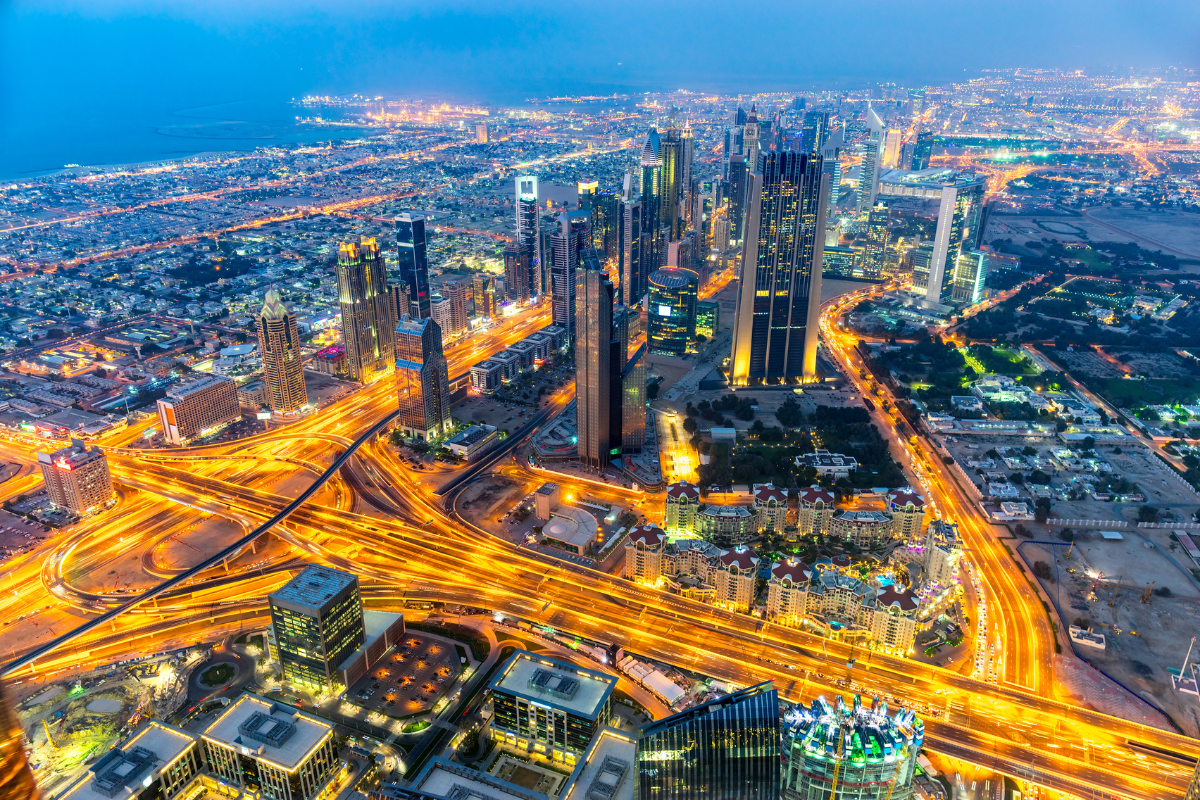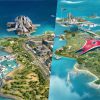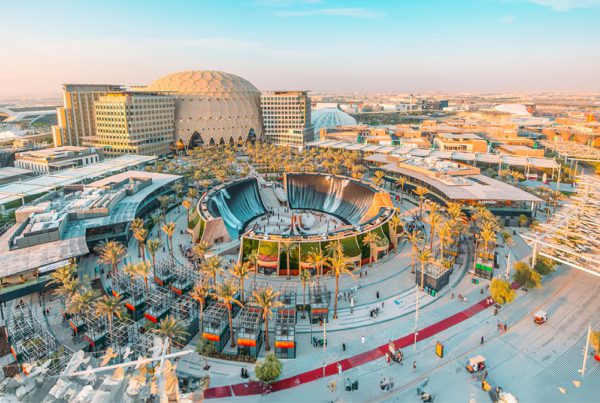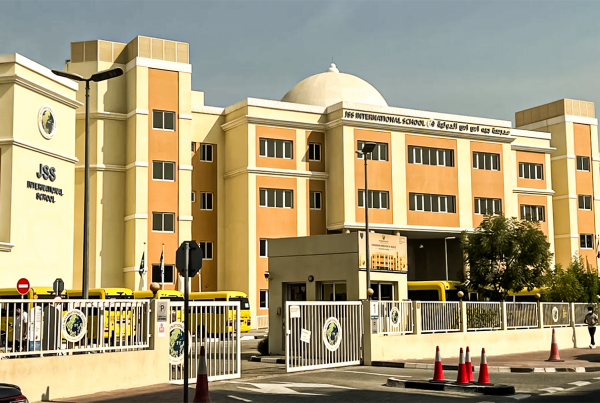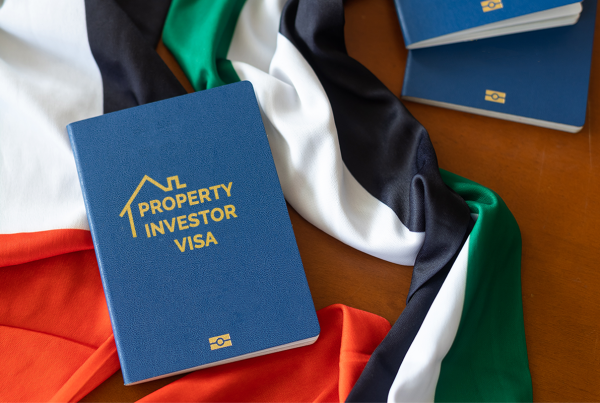The United Arab Emirates (UAE), which borders Saudi Arabia and Oman, is situated on the southeast coast of the Arabian Peninsula. Six emirates—Abu Dhabi, Dubai, Sharjah, Ajman, Umm Al-Quwain, and Fujairah—became a federation of the United Arab Emirates in December 1971; Ras Al Khaimah joined the Federation in 1972. Abu Dhabi-the largest and wealthiest of the seven emirates is home to the capital city.
The UAE has rapidly advanced for its cutting-edge infrastructure, hosting major international events and serving as a major commercial and transportation hub. In 2021, the UAE commemorated its Golden Jubilee, 50 years since the Federation.
The UAE continues to rely heavily on profits from oil and gas exports, which provide the great majority of UAE government revenue.
In the United Arab Emirates (UAE), oil was discovered fifty years ago. Throughout that time, UAE has transitioned into a rapidly modernizing nation, quickly becoming a significant economic center and a crucial player in the global economic sector.
How it all started?
The pearl trade was the principal source of income in the Trucial States, known as the United Arab Emirates (UAE), from the 1770s until the late 1930s. Pearl diving was the initial stage of trade for the fishing communities of the Persian Gulf, but it set the stage for today’s magnificent and world-renowned city of Dubai. Before the 1950s oil discoveries, the region’s economy was primarily based on fishing, pearl diving, and nomadic farming.
From the 1940s, Dubai and Abu Dhabi were at loggerheads over their northern border, which persisted even after the formation of the UAE in 1971. In 1979, hostilities between the two Emirates ended after a formal agreement that allowed Dubai relative independence over its economy.
Main Income Source
- The UAE’s main Income sources are oil-gas and architectural engineering. The country is renowned for its booming industries and sectors that have driven economic growth for decades.
- From oil and gas to construction to healthcare, the UAE has emerged as one of the most attractive destinations for businesses looking to expand their footprint in this part of the world.
- According to a LinkedIn study, the UAE, particularly Dubai, ranked as the world’s most popular overseas destination for those looking for work.
- Driven by increasing foreign and domestic investments, the UAE’s financial services industry has experienced rapid growth over the past few years. The banking sector is one of the essential components of this industry, with more than 50 banks offering various products and services to local and international customers.
How does the UAE government generate revenue without any income tax?
The UAE government generates revenue from various sources, including oil exports, tourism, real estate, and foreign investment. The government also collects fees and taxes on certain goods and services, such as hotel stays and transportation. Additionally, the UAE has implemented a value-added tax (VAT) system, which taxes certain goods and services at a rate of 5%. These revenue streams allow the UAE government to operate without relying on income tax.
The UAE is home to some of the most vibrant and dynamic industries. All these sectors play an essential role in the country’s economy, from oil and gas to construction, tourism, real estate, logistics and transportation, financial services, healthcare, and retail. Together they create a thriving business environment that attracts investors from all over the world.
Currently, the UAE is one of the most aspiring locations for those who want to open a business or expand their presence in the Middle East. It presents some of the most enticing investment opportunities and versatile business ideas.
A Short story: How UAE Became an independent country in 1971
- Most of the oil was in the Abu Dhabi Emirate, while Dubai was a trading port. Abu Dhabi invited companies and offered them various oil exploration and production benefits. Meanwhile, Dubai continued improvising what it was famous for trade.
- Then it took nearly 20 years for the country in terms of development. After the year 2000, the growth was exponential. The new focus was on non-oil trade with other countries.
- All the infrastructure projects started after 2005. From then, there were millions of tourists every year. Dubai’s growth was explosive when it came to infrastructure. This strengthened the services industry (which accounts for 40% of the GDP of Dubai). Abu Dhabi was pretty slow regarding infrastructure, mainly because of much better planning than Dubai.
- So by 2015, UAE got better than other countries mainly because of its vision. Even Saudi Arabia has more money than UAE, but living in UAE is a million times better than living in Saudi(or any other Gulf country). This is because UAE spent its money systematically and efficiently, thus being on par with developed countries.
In summary, UAE sold oil to all thirsty nations during its initial years. Then it focused on non-oil trade and infrastructure, which brought more money into the country. Abu Dhabi and Dubai are the country’s life and are the reason for its fame.
- Abu Dhabi and Sharjah relied on oil and engineering.
- Dubai and Ras Al Khaimah depended on business and trade.
- Fujairah became a port city due to investments by Abu Dhabi companies.
- Ajman is famous for industrial companies.
- Umm Al-Quwain is known for manufacturing, tourism, and trade.
Since the discovery of oil, the following industries, like crude oil and natural gas extraction, wholesale and retail trading, maintenance services, and commercial services for real estate, construction, and manufacturing, have significantly impacted the economy.



